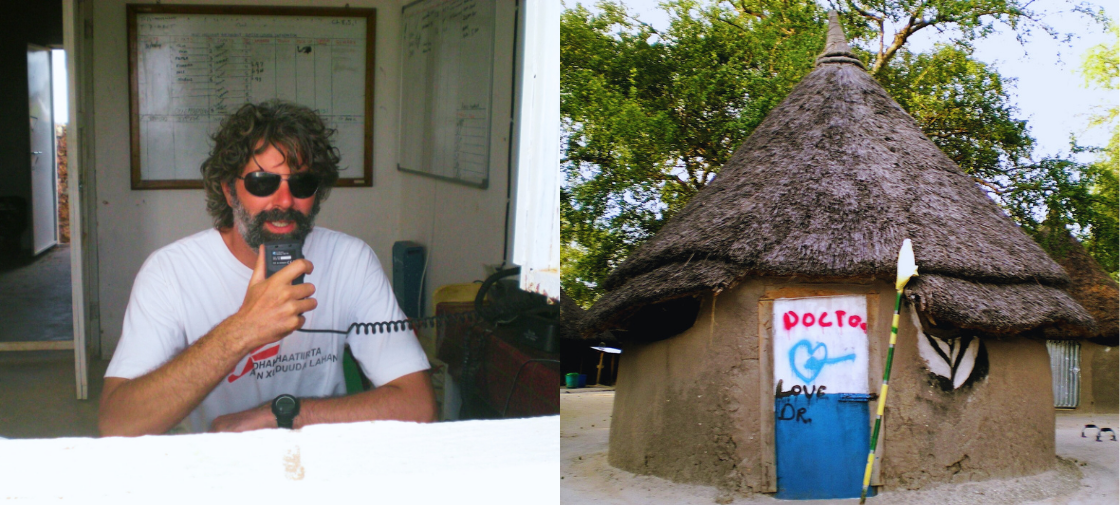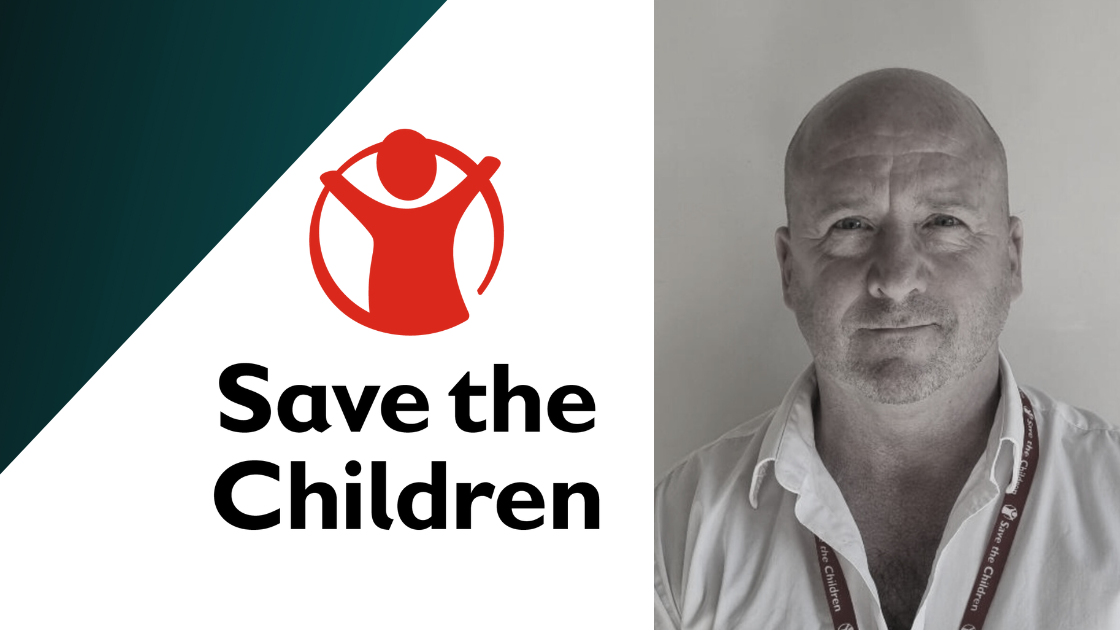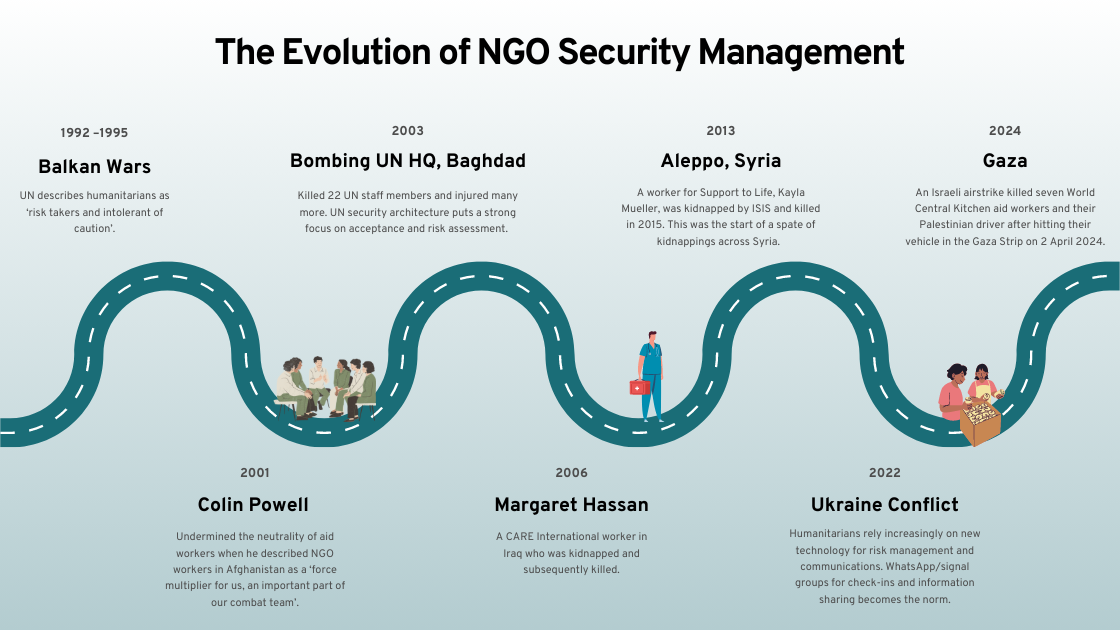Navigating the Risks of Humanitarian Work: An Insider’s Perspective
In the complex and often perilous world of humanitarian aid, ensuring the safety and security of personnel is paramount. Organisations like Médecins Sans Frontières (MSF) operate in some of the world's most volatile regions, facing myriad challenges that require robust risk management strategies.
In this interview, we speak with Mike White, a seasoned operational professional who began his journey with MSF in 2004. Mike shares his experiences and insights from his extensive career, highlighting the evolution of security protocols and the critical role of logisticians in maintaining the safety of MSF operations. Join us as we delve into Mike's career path, from cataloguing VHS tapes in Toronto to managing complex logistics in East Africa and security in high-risk areas such as South Sudan, Ethiopia, Northern Nigeria, and Haiti.
Read the full interview and gain valuable knowledge on the intricacies of risk management in humanitarian work and learn practical strategies for ensuring safety in challenging environments, making this interview essential reading for anyone involved in or aspiring to join the field of humanitarian aid.

The Challenges of Humanitarian Work
Leveraging RiskPal for Strategic Risk Management
Strategic risk management is crucial for the success and safety of humanitarian missions. RiskPal is a leading risk assessment software which provides NGOs and humanitarian organisations with the tools they need to navigate complex and hazardous environments.
RiskPal offers customisable risk assessment templates, a vast library of built-in safety guidance, and detailed country profiles, empowering organisations to make informed decisions. Additionally, with integrated collaboration and approvals, we streamline the risk assessment process, ensuring operational efficiency and a safer working environment for aid workers.
Learn more about how RiskPal’s risk management software can support your organisation’s risk management efforts at RiskPal or contact us for more information.



